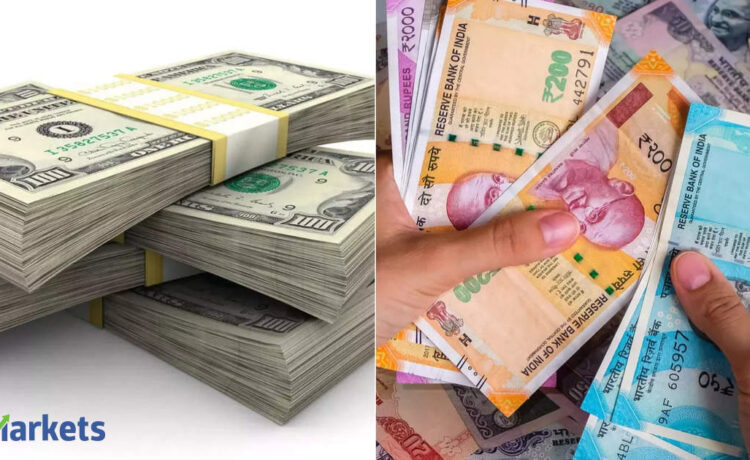The rupee closed at 86.8775 against the U.S. dollar, slightly lower than 86.8225 on Friday.
The dollar index kicked off the week on the back foot but steadily erased its losses through the session to last quote at 106.8. Asian currencies were mostly lower by 0.1% to 0.3%.
At least two large foreign banks were spotted bidding for dollars, likely on behalf of custodian clients, traders said, adding that importers were also actively bidding for dollars.
Benchmark Indian equity indexes, the BSE Sensex and Nifty 50, ended a tad higher on the day after falling for eight consecutive sessions over which the Nifty 50 index lost 3.2%.
Analysts say the equity market weakness has been spurred by an earnings slowdown, elevated valuations in broader markets and concerns over U.S. tariffs. Foreign investors have net sold more than $11 billion of local stocks so far in 2025, exerting pressure on the rupee. India’s merchandise trade deficit widened slightly to nearly $23 billion in January, up from about $21.9 billion in the previous month, government data released on Monday showed.
Although the rupee has faced several headwinds over the last couple of months, strong intervention by the central bank helped it blunt the bearish bias last week a delay in proposed U.S. reciprocal tariffs also helped market sentiment.
“A deeper correction lower for the U.S. dollar would provide more attractive levels to buy U.S. dollars heading into Q2 (second quarter) while plans for reciprocal tariff hikes are finalized,” MUFG Bank said in a note.

















